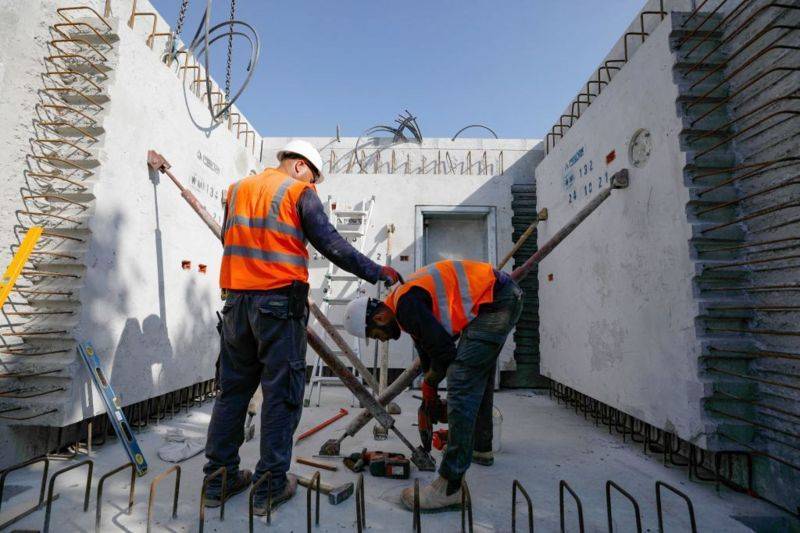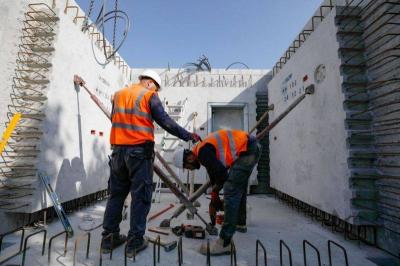With the rising tensions and conflicts expanding globally, shelter construction companies have developed these spaces to mitigate potential risks to their inhabitants, making them more luxurious and suitable for long-term habitation, with costs reaching millions of dollars, according to a report by BBC. The term "Doomsday shelters" signifies the approach of the world's end and the last hours of Earth's existence, inspiring the idea of building fortified shelters to withstand potential apocalypses caused by earthquakes, natural disasters, wars, or nuclear strikes. These shelters are constructed from pure steel and are buried underground at depths exceeding three meters to protect their occupants from bomb blasts.
Several countries are working on building similar types of shelters, including Israel, the United States, Switzerland, Canada, Sweden, and others, with some already operational for several years.
An American company, "Rising S," which has been in the shelter construction business for over 20 years, reported a tenfold increase in demand since the Russian military entered Ukraine. The company offers shelters priced from $40,000 to over $8 million, depending on the shelter's features and the rooms it includes. Shelter developers are creating underground environments that allow individuals to stay for extended periods by providing doctors, teachers, classrooms, hydroponic gardens, medical clinics, wellness centers, and gyms. Some shelters can accommodate around 44 people and stock food supplies sufficient for each resident for about a year or more.
The company noted that requests for building shelters come not only from within the United States but also from the United Kingdom, Switzerland, Denmark, Italy, Germany, Canada, and more. The customer list includes celebrities from politics, arts, sports, and technology companies, including the Ukrainian military, which has been purchasing these shelters since 2019.
#### What About Israel's Shelters?
Israeli "Civil Defense Law" mandates that all homes, residential buildings, and industrial facilities must have bomb shelters to protect Israelis when sirens sound, providing them with secure and fortified locations to hide from incoming missiles. Since 1993, Israel enacted a new law requiring real estate investors to establish fortified rooms known as "Mamad."
There are three main types of shelters in Israel: "Mamad," which is a fortified room used as a shelter in private apartments; "Mamak," a collective shelter located in a private building, designated for all residents of that building; and "Miklat," a public collective shelter located outside buildings in public streets, in addition to underground shelters.
Most shelters consist of a fortified room similar to a basement, made of reinforced concrete, with a heavy sealed window and steel door, equipped with electricity outlets and ventilation systems to protect occupants from missile explosions. The number of shelters in Israel exceeds one million.
Israeli media reported a cheaper option allowed under government law: a steel cage built within an existing room and covered with an additional layer of concrete, as 60% of Israelis do not have a private shelter in their apartments, necessitating the use of public shelters. For those lacking a secure room or bomb shelter, there is always the stairwell (or stairs), which is typically cast in concrete and surrounded by columns that support the building, making it the safest place in the structure.




